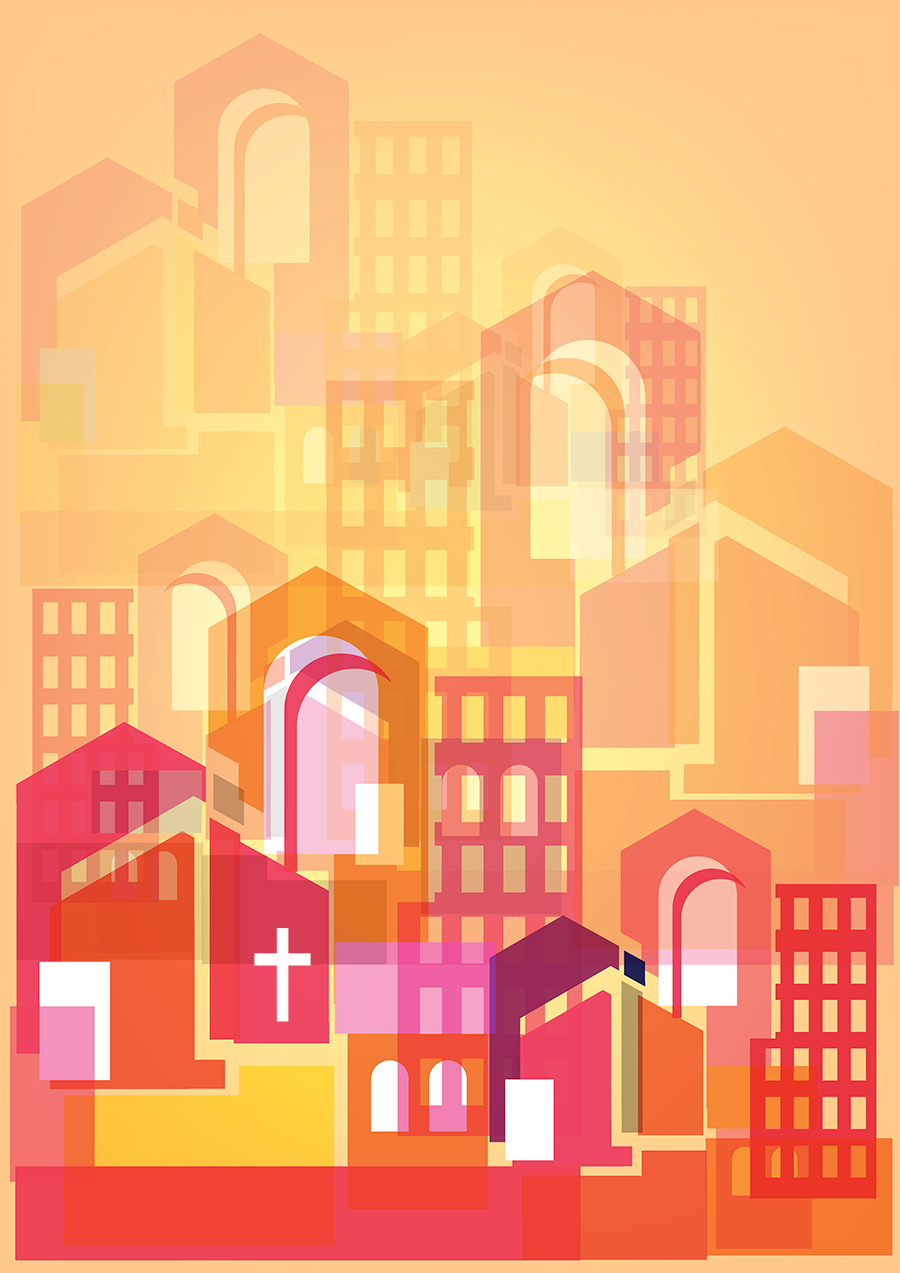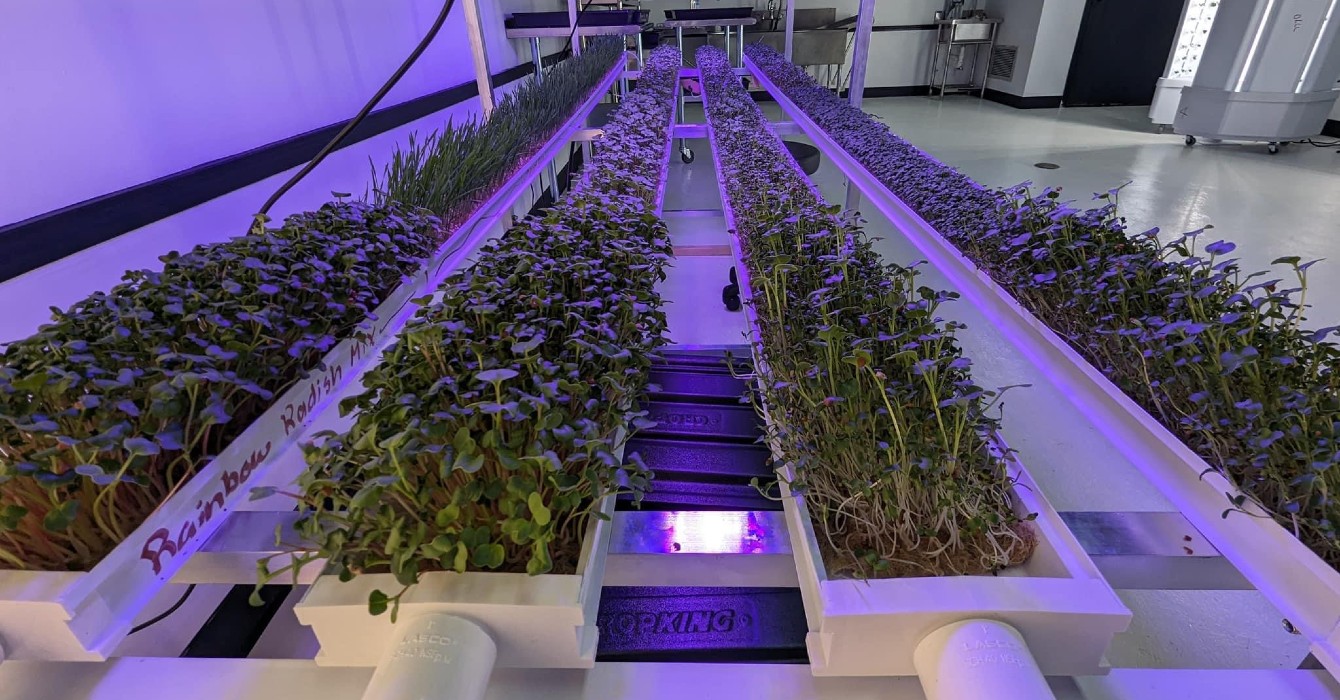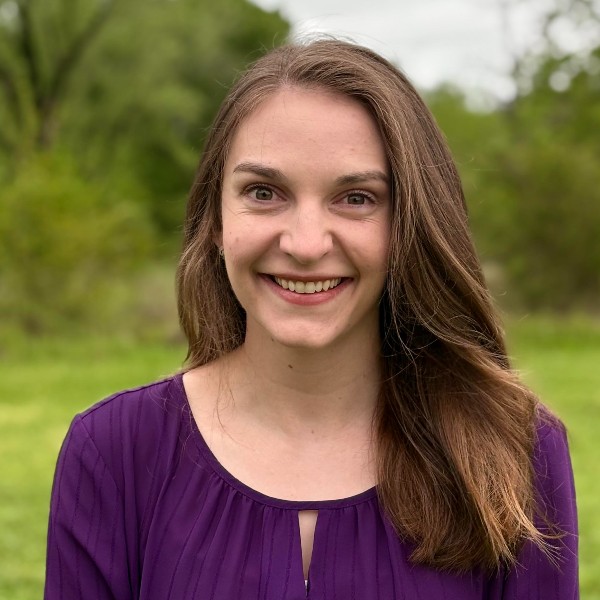David E. Kresta started his career as a software engineer then began working with business start-ups, but neither satisfied his desire to serve his community.
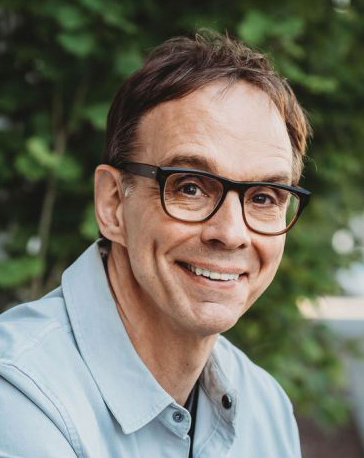
It bothered him that his career didn’t intersect with his life as a Christian; he wanted to know the answers to big questions about justice and poverty and community thriving. Kresta wanted to understand more about what was happening in neighborhoods, so he earned a Ph.D. in urban studies from Portland State University in Oregon.
In his new book, “Jesus on Main Street,” he combines his faith and his experience in business and urban planning to create a resource manual for congregations interested in contributing to a more just economy. He offers a toolkit of strategies to foster community economic development.
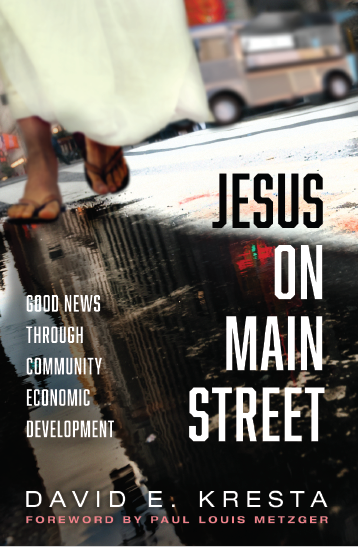
“We are part of our communities, and we have an impact on the forces that are going on in our neighborhoods,” Kresta said recently. “I think it’s really on us to understand, why are these systems broken in our world? And what can the church do about it?”
At Portland State University, Kresta teaches courses on community development and community economic development. He is also a fellow at the Ormond Center at Duke Divinity School.
He spoke to Faith & Leadership’s Sally Hicks about a vision that seeks to stimulate the economy at the neighborhood level to benefit marginalized communities left out of traditional approaches to managing growth.
Faith & Leadership: What is community economic development?
David Kresta: Community economic development is raising the entire community’s capacity to create thriving for all of its members – poor, rich, minorities, majority populations – with a variety of activities such as business creation, workforce development, getting people into jobs, helping people stay in jobs, those sorts of things.
I contrast community economic development, or CED, with traditional economic development, or TED.
Traditional economic development we see in all our neighborhoods. When a new freeway goes in, it’s in the name of improving economic outlook for community. Or when a new sports stadium goes in, or if Amazon comes to your community and builds a brand-new warehouse.
Community economic development recognizes that, for the most part, those activities don’t directly benefit the poor, the vulnerable, the working families. They really benefit those with money and power, and it’s eventually supposed to trickle down to everybody else, but that is a very inefficient or nonexistent process.
F&L: And what is the church’s role?
DK: The church has to recognize that this is an issue of justice. And that’s how I frame it. God loves just communities. He loves justice, and we have to view this as an issue of economic justice.
The church’s role is to really root this in God’s mission and God’s love for the communities around us.
Once you have that established, then the next question is, OK, how can we as a church contribute to the thriving of the community around us? Who are those who are not thriving? The church needs to understand, who are the lost sheep?
And once you have those things established, then the church can play a role in starting a new program or coming alongside an existing program and helping it grow.
So there are a lot of things churches can do. They can offer up their space to use as part of these programs, for example. I know there’s a lot of good thinking and writing about using church buildings and property.
F&L: Talk a little bit about the really practical things, the worksheets and the framework that you offer folks to think this through.
DK: As I was writing the book, I realized that it’s great to make the case for economic justice, and it’s even great to lay out different strategies and tools. But the worksheets really help churches to think through very specifically.
So, for example, the first worksheet asks you to look at what’s going on in your community. Just taking stock of who’s in your community, who is doing what, what are the assets in your community, what kinds of programs are already being offered. I think that’s the right place to start.
The right place to start is not, “Hey, we’ve got this great idea” or “We’ve got this guy in our church who wants to do this. Let’s go do that.” That’s not the right place to start.
Once you’ve identified what’s in the ecosystem in your community, then you can start identifying those cracks or those gaps, so the worksheets help guide you through that.
And then the last worksheet asks you to consider several possible things to do. This is an art. It’s not a science. So there’s not necessarily one right answer for the church. There may be multiple good things to do.
It recognizes that there are tradeoffs. For example, short-term vs. long-term impact. Sometimes what your community really needs is a short-term win, something that’s very visible. Maybe there’s an abandoned commercial area that needs to be beautified, and you want to prepare it so that there’s actually some new businesses that can move in.
That may be a very short-term visible project to work on as opposed to another project that may be very long term such as building a new maker space in your community, for example, which may take several years.
F&L: One word you’ve mentioned is “ecosystem.” How is the church’s work part of an ecosystem?
DK: This is super important because one of my basic premises is that churches should not take a church-centric view of this work.
My view is one in which the community is centered, so that is where the ecosystem comes into play. You have to recognize that a healthy community, a healthy local economy, requires nonprofits. It requires local government. It requires funders. It requires businesses. It requires developers, other churches, all of these to work together for that thriving.
The church is potentially decentered because it’s not in the center of this system necessarily. It may actually play a support role. The church is playing a role of identifying what is required to bolster up this ecosystem. What role can I play to make sure that those lost sheep are no longer lost in the system?
F&L: One of your first pieces of advice is to find out who is already doing similar work. Why is that important?
DK: Churches are notorious for kind of wanting to lead the charge. We have a lot of well-meaning pastors, well-meaning leaders, and they want to get the job done.
But, in this case, it’s really doing the community a disservice to go it alone. Part of the strength of community economic development is that it’s in the process. The process itself strengthens the community. If you just have a bunch of people working in isolation, that doesn’t really build the capacity for the community to work together. So if you, as a church, are working in isolation, you’re feeding that individualistic machine as opposed to the muscles that we need for our community to work together.
F&L: One of the core differences you name between traditional and community economic development is the latter’s focus on improving life for the people who are marginalized. How does your process address things like gentrification?
DK: A big part of my background is understanding neighborhoods and the forces that create those kinds of changes. I actually dedicate a chapter to exactly this question, which is context-sensitive community economic development.
So, for example, if you are in a neighborhood that is already starting to gentrify, one of your tasks would be to ensure that the existing residents are able to stay in the neighborhood. Maybe that points you more to working on affordable housing and anti-displacement activities, making sure that existing residents are able to start new businesses that can serve the new people who are coming into the neighborhood as opposed to new businesses coming from outside of the neighborhood.
A big part of CED is creating locally owned businesses or worker cooperatives so that they can take part in the “bounty.” I put bounty in quote marks because it’s not always a bounty. It depends on if you’re in a position to stay in the community and if you can take advantage of that bounty.
F&L: This is long-term work. To really have an impact even on a small community takes a lot of effort and time. What about those folks who might feel discouraged, exhausted from the pandemic?
DK: That, to me, points to the need to have this ecosystem so that any one organization is not tasked with carrying everything on its shoulders or any one individual leader.
I have some recommendations, and one is to find a group of people who share this burden and this vision for community thriving. Start meeting with them and praying with them and envisioning with them what this could look like.
Because if you’re going at this alone, pandemic or no pandemic, you will burn out. That’s the reality. So that’s another practical reason for this ecosystem view as well.
F&L: Is there anything you want to add?
DK: Community economic development is related to community development. And that’s a rich field that thats been very well represented by the Christian community, I think. There’s great work there. I think of this book as a deep dive into the economics of Christian community development
There is also great work that is going on to critique the whole economic system that we’re in, critiques of capitalism.
I steered away from that because I wanted to be very practical. I’m not calling for us to tear down the whole system and start over again. I’m saying there are things that we can use in our current system. Churches can have an immediate impact if they are willing to roll up their sleeves and pursue some of these strategies such as micro-businesses, such as worker cooperatives, those things.
They are a part of our overall economic system, but I think those parts can be redeemed by churches working on this gospel-centered work.

